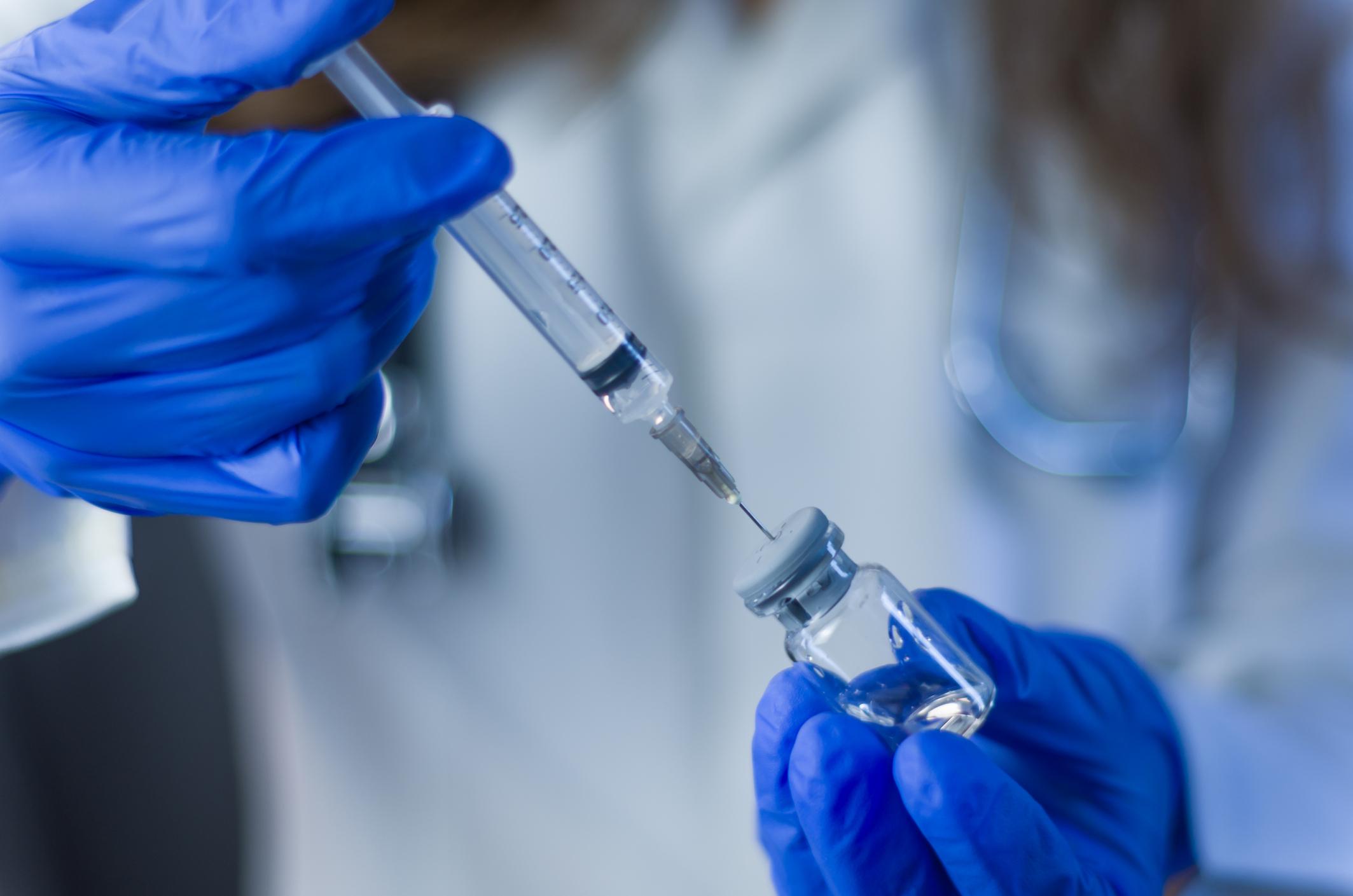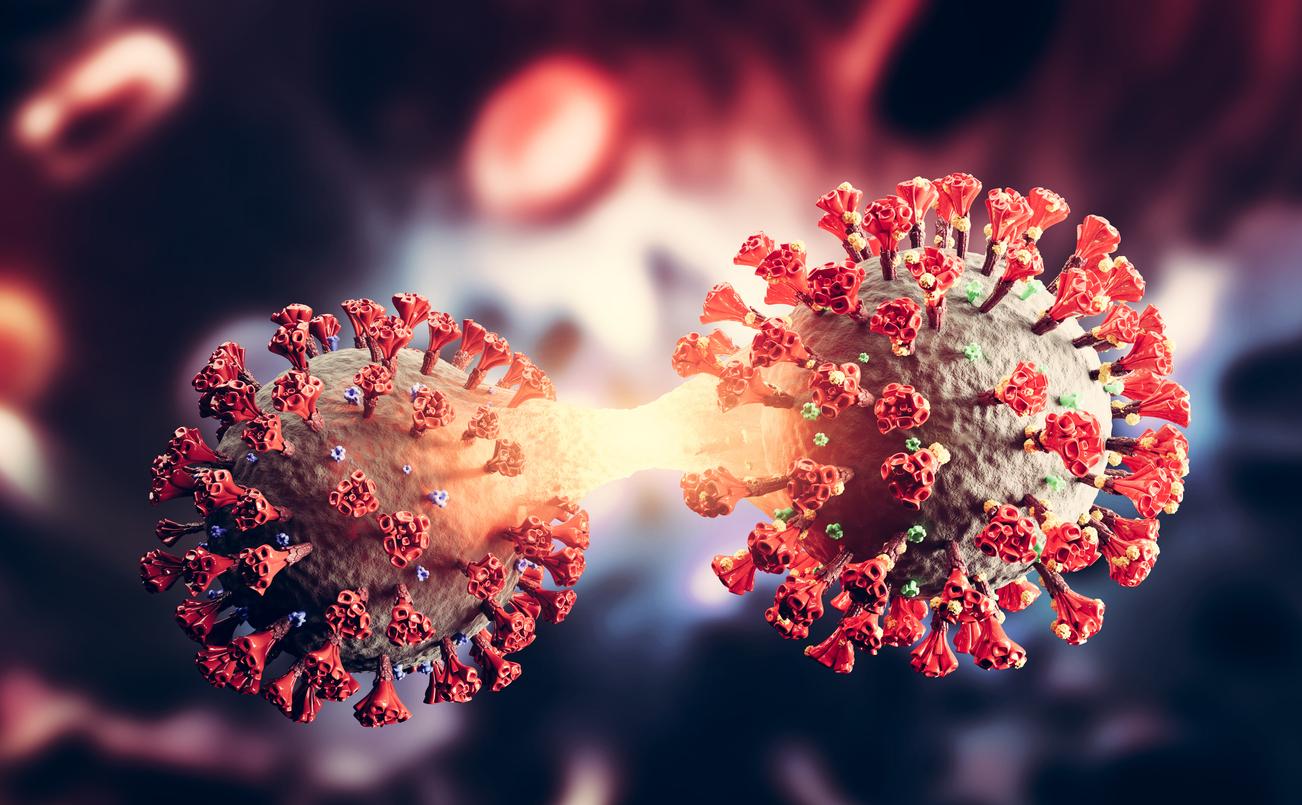The fourth and third students still in half-gauges in fifteen departments (where the epidemic was strongest at the time of deconfinement), can gradually, from Monday, be back in whole classes, in view of the improvement in the health situation, announces this Friday Jean-Michel Blanquer at the microphone of Europe 1.
The fifteen departments concerned are : the North, the Aisne, the Oise, the Yvelines, the Seine-et-Marne, the Seine-Saint-Denis, the Hauts-de-Seine, the Val-d’Oise, the Val-de-Marne, Essonne, Paris, Sarthe, Loire, Rhône and Bouches-du-Rhône.
High school students They will still have to wait. “It is not moving for the moment,” added Jean-Michel Blanquer. “Things can change between now and the summer holidays due to the improvement in sanitation. And it is step by step that we are moving forward.”
The reinforced health protocol remains in school, “with particular vigilance for the ventilation of rooms and the limitation of mixing in places of school catering, where the rule of 2 meters between groups and meals taken by classes remains unchanged”.
Are also encouraged by the Ministry of Education, air purifiers, CO2 sensors, as well as school and outdoor sports activities.
The contact-tracing plan is also maintained: a positive case results in the closing of the class, and the absences of teachers who would be positive for the virus will be compensated for by additional recruitments of teachers from replacement schools and from AED. Remember that when the class is closed, the students must stay at home for seven days.
Screening campaigns are also being carried out through the deployment of saliva tests in primary and secondary schools, as well as self-tests in high schools.
On February 26, Jean-Michel Blanquer called on parents to be vigilant. “A child with symptoms should not be sent to school.”
The reinforced health protocol, which has been applied since February 1, 2021 is therefore retained. Here’s what to remember:
Category 1 “general public” masks must be worn from 6 years old
Wearing a Category 1 “general public” mask remains mandatory for staff and for students of elementary schools, colleges and high schools. This follows the recommendations of the High Council of Public Health to no longer use handmade masks, judged less effective than so-called “category 1” masks manufactured by manufacturers.
In nursery schools, the mask remains prohibited.
When the mask is not in use, it can either be hung from an insulated hook or folded up without outside / inside contacts (without rolling it up) and stored in an individual pouch.
Classroom ventilation every hour and reinforced disinfection
The protocol recalls that the ventilation of premises and classrooms must be “as frequent as possible”. Aeration must last at least 15 minutes in the morning before the arrival of the pupils, during intercourse, during each recess, at lunch time (in the absence of people) and during the cleaning of the premises. And ventilation for a few minutes must also take place every hour.
Furthermore, in the event of mechanical ventilation, its proper functioning and maintenance must be ensured.
Limitation of brews and group lunches in the canteen
Students in the same class have lunch together while maintaining a distance of at least two meters with those of other classes, against a meter previously. The ministry specifies that “the stability of groups of students having lunch at the same table is privileged”.
In middle and high school, “when the respect of the distance of two meters between pupils is materially impossible, it is advisable to have lunch the pupils of the same group (class, groups of class or level) together and, to the extent of the possible, always at the same table. A distance of at least two meters is respected between the groups. “
Outside the canteen, the circulation rules for pupils are unchanged to limit the mixing between pupils (arrivals and departures spread out over time, breaks in groups, limited travel, etc.).
What if my child has a symptom?
Your child flies, coughs, complains of the throat … Wondering if it is a cold or the coronavirus?
“In the event of suggestive symptoms1 of Covid-19 or fever (38 ° C or more), the child must not go to school and the parents take advice from the attending physician who decides on the measures to be taken “, indicates the Ministry of Education.
In this case, the parents must inform the school principal or the head of the establishment, specifying the reason. In addition, it is essential that parents immediately inform the school or school if the student or another member of the household has Covid-19, or if the student has been identified as a risk contact. A lack of rapid information would not make it possible to identify and interrupt the chains of transmission in the school environment. “
In the event of a positive test, once the school principal or head teacher has been informed, your child must stay at home while he is taking care of himself. Exclusion from the class is 7 days from the date of onset of symptoms, duration which may be extended if symptoms persist. In the event of fever on the 7th day, isolation continues for up to 48 hours after the disappearance of symptoms.
The school director or the head of the establishment, in conjunction with the national education medical staff, draws up the list of people, pupils or staff, likely to be at-risk contacts within the school or the school. school and, as a precautionary measure, sets up eviction measures for these people pending validation by the ARS.
Source:
- Press release Ministry of Education, April 22, 2021.
- Jean-Michel Blanquer press conference, March 26, 2021.
- Reinforced health protocol, Ministry of Education, updated February 1, 2021.
- The “health protocol” FAQ on the website of the Ministry of Education.
Read also:
- Covid-19: schools are not places to accelerate the epidemic
- Coronavirus: are children under 5 extremely contagious?
- Coronavirus in children: symptoms, management

















